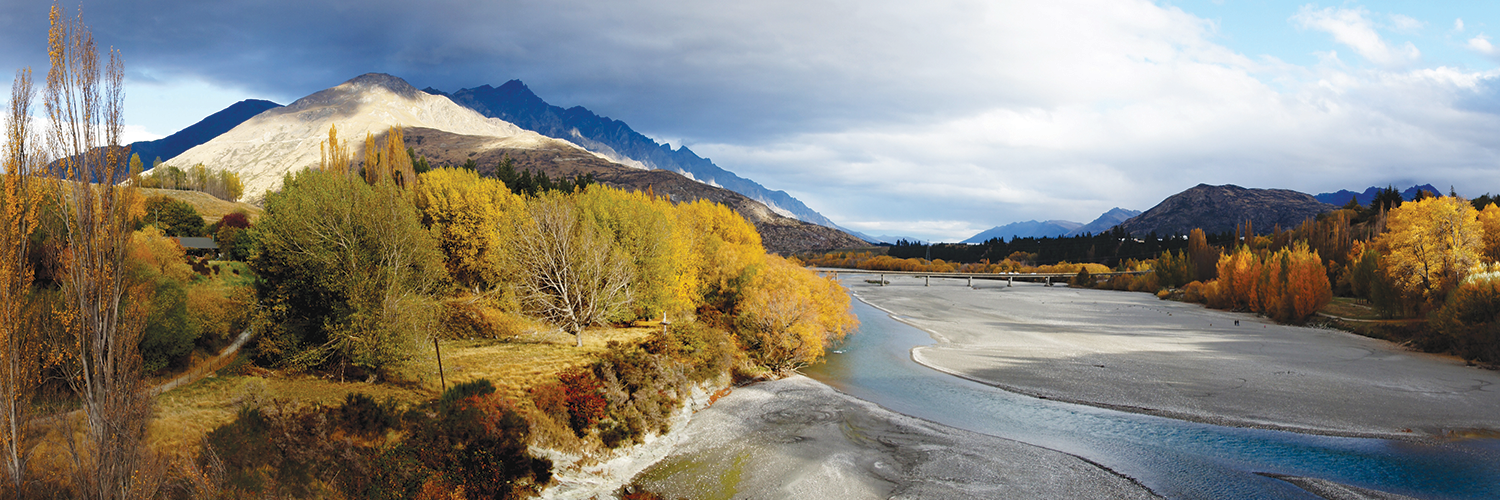Summary
A focus on public access, and the associated infrastructure, is necessary to ensure that locals and domestic tourists can experience and enjoy New Zealand’s great outdoors, and that tourists have a positive experience that turns them into ambassadors for our tourism industry. As well as economic development opportunities, easy and enjoyable public access opportunities can benefit public health through increased exercise and active transport methods.
In order to achieve the full benefits, the areas that need to be addressed area:
Numbers
Create new access opportunities through the area, with a focus on opportunities that will prove attractive to people currently using tracks and trails that are over or near capacity. Also focus on activities that are currently under catered for, such as horse-riding.
Pilot new methods of digital and other communication to help direct tourist traffic to areas that have the capacity, and away from areas that are over capacity.
Find solutions to manage access, in particular on working farms and in sensitive conservation areas, to ensure the negative impact is minimised.
Infrastructure
New funding streams, in particular for low- ratepayer base councils, to enable central and local government agencies to build appropriate public access infrastructure such as toilets and carparks.
Clarify who is responsible for access infrastructure where private landholders have gifted secure access, and on tracks and trails that cross multiple land tenure types.
Explore funding options for ‘less sexy’ maintenance and infrastructure that volunteer groups currently find it difficult to fundraise for.
Collect better data that allows for more reliable future modelling, so infrastructure can be built ahead of or alongside increasing demand, rather than always playing catch-up.
Information
Creation of a single, trustworthy digital source of information on where people can go in the outdoors and what they can do there, regardless of land ownership.
Integration of safety information where necessary in this information source.
Behaviour
Funding to address systemic behaviour issues, such as rubbish bins, multi-lingual signage etc.
Explore resources targeted at international tourists on appropriate behaviour — perhaps in conjunction with airlines or rental car companies.
A focus on education at a school and university level to teach people about how to behave in the outdoors from a young age so it stays with them for life.
Connections
Coordination between agencies to do landscape-level planning for tracks and trails, to connect existing ones to each other, to local amenities and to population centres, with the authority to work alongside the Department of Conservation, local government, iwi and community groups to coordinate planning and activities.
A role for this agency in Tenure Review and Overseas Investment Act processes, as key ways of creating new access.

